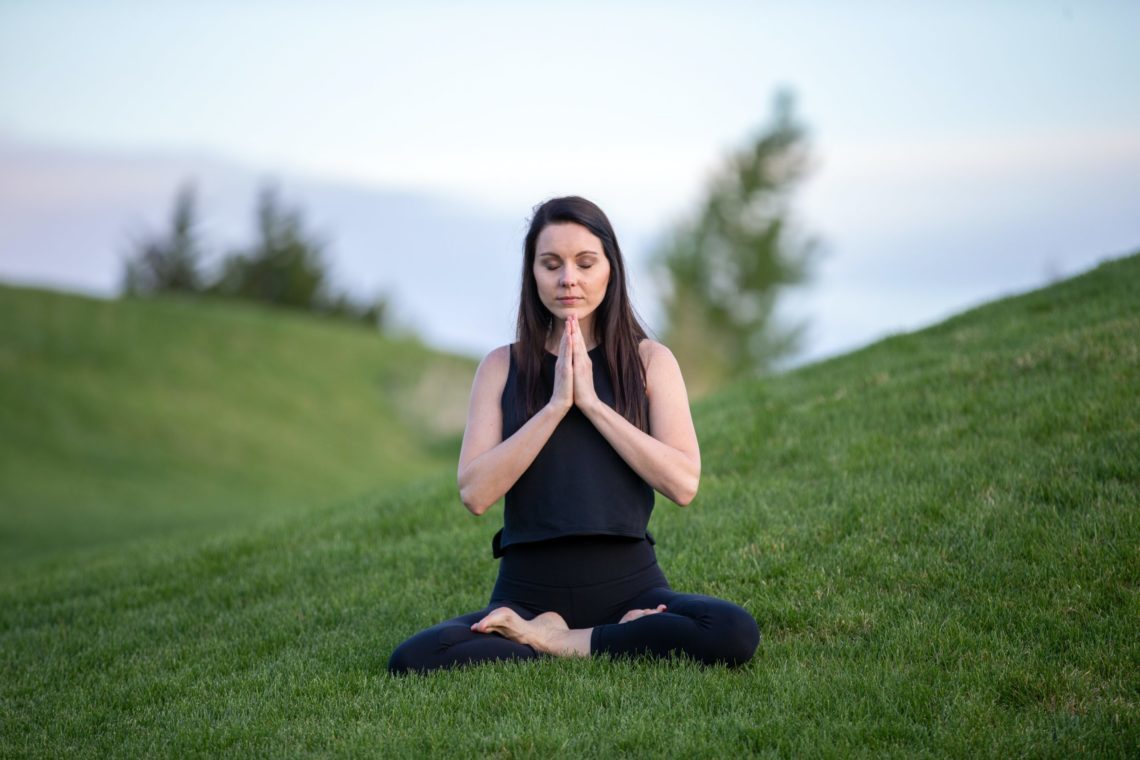Meditation is one of those practices that’s being used across the world by countless people from different religions and cultures. People use it for many reasons, which include clearing their minds, relaxation, reducing stress, and awakening a deeper connection to something greater than themselves. Practicing meditation allows your brain to benefit from mental exercises. It encourages a better focus on the body and helps you stay in the present rather than worrying about the future, or getting sad about the past.
When looking for ways to meditate, there are different types of meditation practices available, each with its own benefits and methodology. There are no right or wrong ways to meditate, it’s mainly what works best for you, your lifestyle, schedule, and energy.
Here are five effective types of meditation, and how they work.
YOGA
To start, we’ll go with the most well-known meditation technique — yoga. The yogic techniques and postural exercises are known as the asanas. Yoga helps to empty the mind of unnecessary thoughts, but it also requires an intense amount of concentration.

TRANSCENDENTAL MEDITATION
Transcendental Meditation, also referred to as TM, is a specific form of silent meditation. According to The Mayo Clinic, it “allows your body to settle into a state of profound rest and relaxation and your mind to achieve a state of inner peace without the use of concentration or effort.”

SPIRITUAL MEDITATION
This method of meditation is used to help clear the mind, and deepen our connections to something greater than ourselves. There are thousands of religious and spiritual traditions that include meditation practices in different forms. And in general, spiritual mediation is something you “partake in with the desire to connect with a higher power,” Jen Alico, a certified meditation coach, told Healthline. According to Alico, this form of meditation is about more than just stress reduction or relaxation.

MOVEMENT MEDITATION
Movement Meditation is a technique used for those who find it hard to sit in one place. Maybe you find squishing a stress ball relaxing, or find it helpful to go on walks alone to gather your thoughts. Even sitting at the beach and playing around with the sand can be a form of movement mediation. Movements like these connect you with your inner self.

GUIDED MEDITATION
Now if you’re someone who needs guidance to help you meditate, or you’re someone who’s into using meditation apps like Headspace or Calm, this might be the technique for you. This practice does require you to close your eyes, sit still, and imagine yourself in different situations or places. But a meditation guide will use certain sounds or smells — like essential oils, or birds chirping — to help you achieve that deep meditative state. Guided meditation is very similar to the Japanese practice of Reiki, which aims to harness the powers of the subconscious mind to control hormones, blood pressure, and anxiety.

Meditation is a skill that takes time to learn and practice. There’s no such thing as having a perfect meditation, so the important part of all of this is to not give up right at the start. It’s okay for your focus to wander once in a while, or to forget to follow your breath; this practice is all about the experience and the journey, and keeping it consistent.
The best thing about meditation is that it can be done at any time of the day. It all depends on what works best or you.
There are numerous benefits to meditating, some of which include:
- A strong and authentic sense of who you are on a soul level
- A reduction of unhealthy stress
- Increased self-esteem, self-trust, and acceptance
- Clarity in life’s purpose
- A sense of belonging
- Increased creativity
- Inner peace and stillness
- More balance in your sense of being
- Better sleep
- Can help improve back pain, asthma, and heart health






